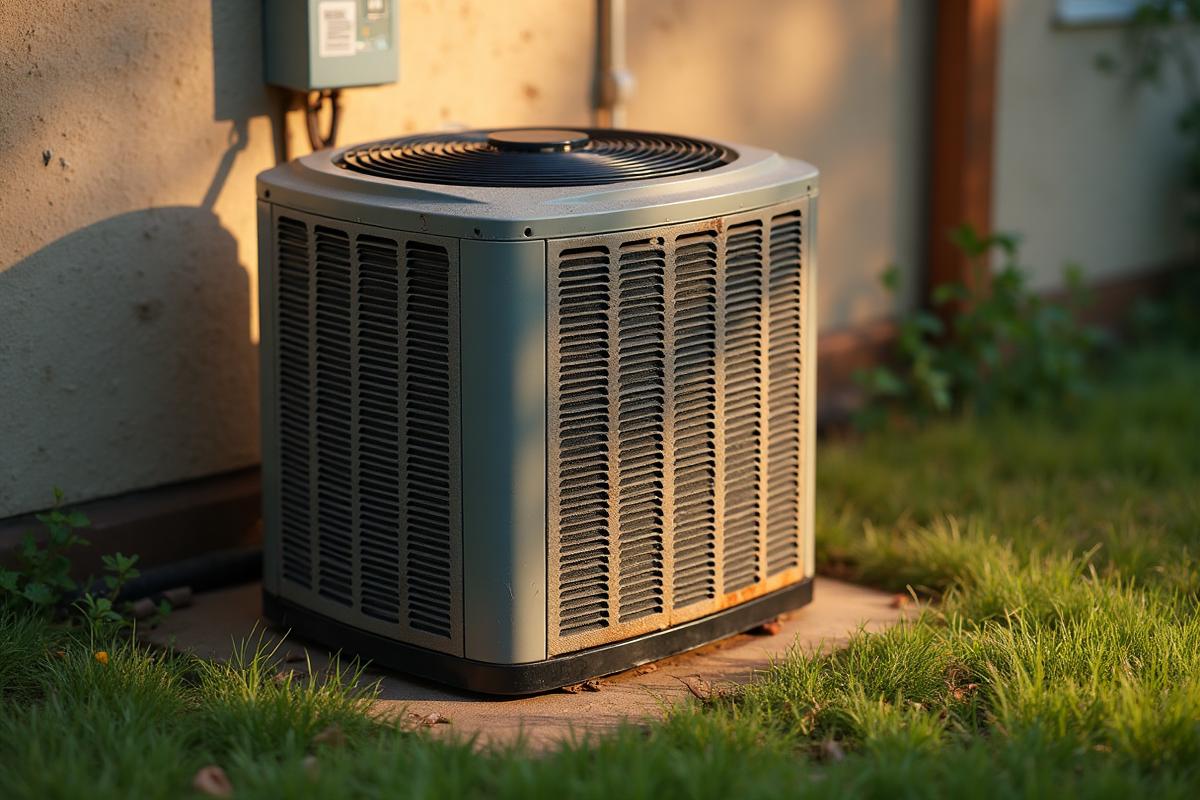Austin homeowners frequently encounter contractors offering HVAC systems that seem like great deals until the first 100°F day arrives. Undersized systems promise lower upfront costs but deliver higher long-term expenses through increased energy consumption, frequent repairs, and premature replacement needs.
The temptation to save money on HVAC installation is understandable, especially when faced with quotes that vary by thousands of dollars. However, the true cost of an undersized system becomes apparent only after installation, when homeowners discover their new system can’t maintain comfortable temperatures during Austin’s demanding summer conditions.
How Undersized Systems Fail
Undersized HVAC systems work adequately during mild weather, which can mask their inadequacy for months after installation. The problems emerge during Austin’s peak summer conditions when these systems run continuously without achieving desired temperatures.
Continuous operation prevents the system from cycling properly, which eliminates the dehumidification that occurs during normal start-stop cycles. Austin homes with undersized systems often feel clammy and uncomfortable even when thermostats show reasonable temperatures.
The compressor strain from continuous operation leads to premature failure, often within 5-7 years instead of the 12-15 year lifespan expected from properly sized systems. This shortened lifespan transforms apparent upfront savings into long-term financial losses.
Energy Consumption Reality
Contrary to intuition, undersized systems often consume more energy than properly sized systems because they operate at maximum capacity for extended periods. Properly sized systems reach desired temperatures quickly and then cycle off, reducing overall energy consumption.
Undersized systems also struggle with Austin’s thermal loads, running constantly during peak rate periods when electricity costs are highest. This pattern maximizes energy bills precisely when costs are most expensive under Austin Energy’s time-of-use pricing structure.
The efficiency ratings advertised for HVAC systems assume proper sizing and installation. Undersized systems rarely achieve their rated efficiency because they operate outside their optimal performance parameters for much of Austin’s cooling season.
Comfort and Health Impacts
Austin’s high humidity levels make proper dehumidification crucial for comfort, but undersized systems can’t remove moisture effectively while struggling to maintain temperatures. Homes become uncomfortably humid, creating conditions that promote mold growth and indoor air quality problems.
Temperature variations throughout the home become pronounced with undersized systems. Rooms farthest from the air handler often remain uncomfortably warm while spaces near the unit overcool, creating comfort problems that can’t be resolved without system replacement.
Sleep quality suffers when bedrooms can’t maintain comfortable nighttime temperatures. Austin’s warm nights challenge undersized systems that have been running continuously all day and lack the capacity to provide effective overnight cooling.
The Sizing Calculation Deception
Proper HVAC sizing requires detailed load calculations that account for home orientation, insulation levels, window types, and local climate data. Contractors offering quick estimates based on square footage alone often undersize systems by 20-30%.
Austin’s intense solar heat loads require careful consideration of window orientation and shading, factors that significantly affect cooling requirements. Systems sized without these considerations struggle during afternoon peak heat periods when solar gains are highest.
Building code minimums often provide inadequate cooling capacity for Austin’s climate. Systems that meet code requirements may struggle to maintain comfort during extended heat waves, leaving homeowners frustrated with “compliant” but inadequate installations.
Financial Impact Over Time
The total cost of ownership for undersized systems typically exceeds properly sized systems within 3-5 years through higher energy bills, increased repair frequency, and earlier replacement needs.
Emergency service calls during peak summer months cost 2-3 times more than routine maintenance visits. Undersized systems require more frequent service and are more likely to fail during the hottest days when service demand is highest and most expensive.
Home resale value can be affected by HVAC inadequacy, as buyers increasingly recognize the importance of properly sized cooling systems in Austin’s market. Homes with undersized systems often require immediate replacement to be competitive for sale.
Red Flags in Contractor Proposals
Contractors who provide quotes without visiting your home or conducting load calculations are likely to undersize systems. Proper sizing requires on-site evaluation of your specific home characteristics and cooling requirements.
Estimates based solely on existing system size ignore potential changes in home efficiency, occupancy patterns, or equipment efficiency that might affect sizing requirements.
Pressure to sign immediately often indicates contractors who prioritize quick sales over proper system design. Quality contractors provide detailed proposals with time for homeowners to review and ask questions.
Getting Proper System Sizing
Manual J load calculations provide the foundation for proper HVAC sizing in Austin homes. These calculations account for local climate data, home characteristics, and usage patterns to determine actual cooling requirements.
Multiple contractor evaluations help identify outliers who might be oversizing or undersizing systems. Legitimate sizing estimates from qualified contractors typically fall within a narrow range for similar equipment types.
Investment in Proper Sizing
Properly sized HVAC systems cost more upfront but provide superior comfort, lower operating costs, and longer equipment life. The additional investment typically pays for itself within 2-3 years through energy savings and reduced repair needs.
Austin’s demanding climate makes proper HVAC sizing particularly important for long-term satisfaction and cost control. Homeowners who invest in correctly sized systems enjoy reliable comfort and predictable operating costs for years to come.

 Share
Share Twitter
Twitter LinkedIn
LinkedIn Facebook
Facebook Copy Link
Copy Link